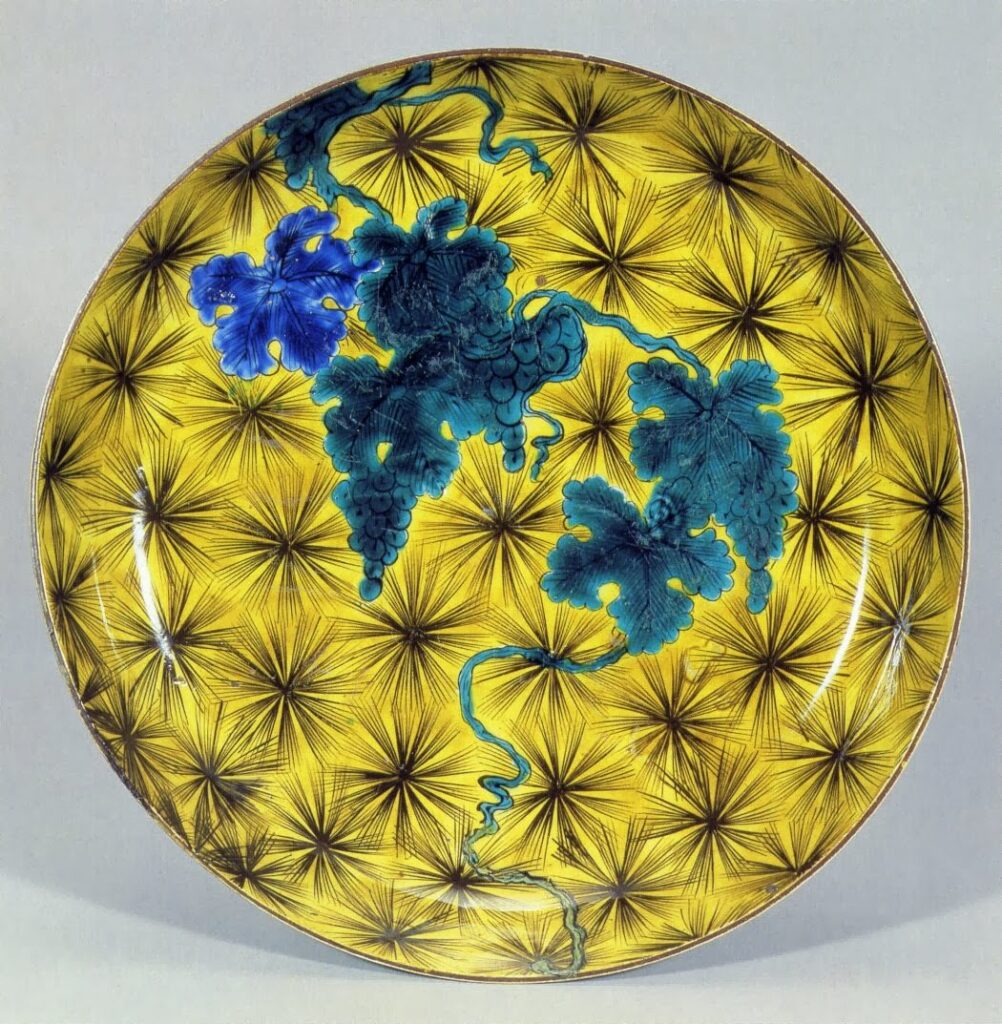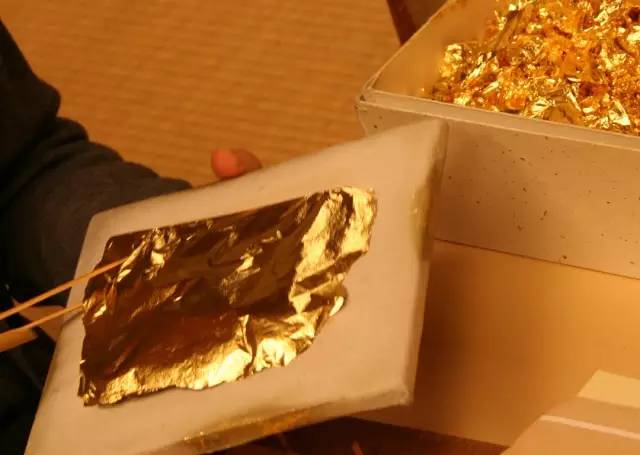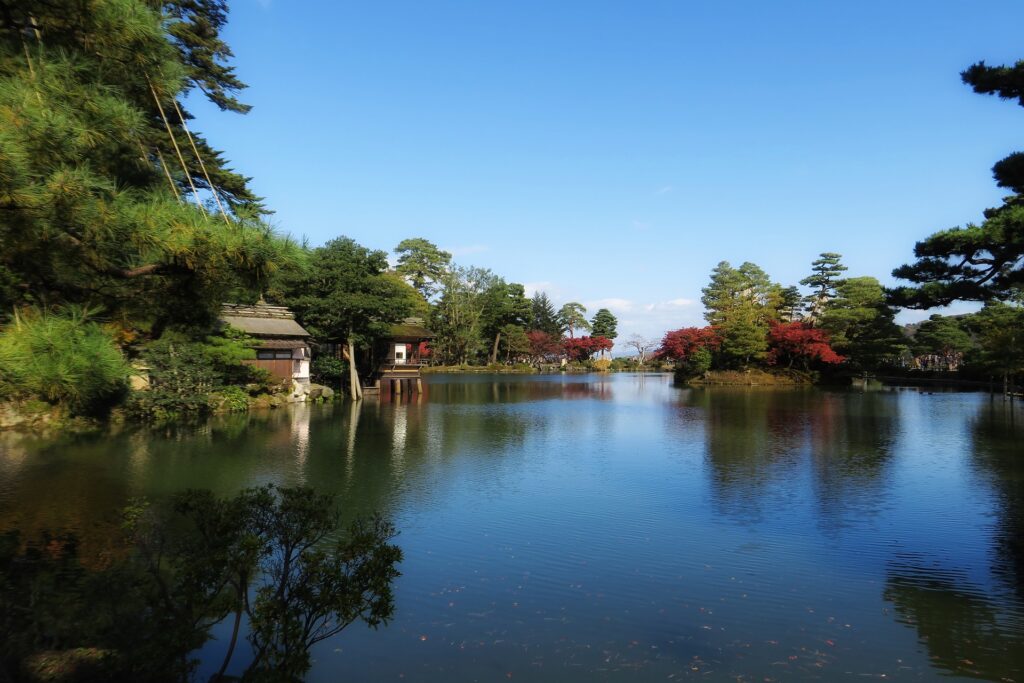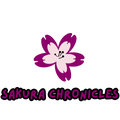👋 Hey there, fellow travelers! Have you heard of Kanazawa? Kanazawa’s Traditional Craftsmanship is one of the hidden gems in Japan. 🇯🇵 This city has a rich cultural heritage that often goes unnoticed by tourists, but we’re here to change that! Kanazawa is a treasure trove of historical districts, exquisite traditional crafts, and impressive contemporary art scenes that should be on every traveler’s itinerary.
🏮 And let’s not forget about Kanazawa’s traditional crafts. The city is famous for its gold leaf production, which you can see being made at the Kanazawa Yasue Gold Leaf Museum. You can also try making your crafts, such as ceramics, at one of the many workshops around the city.
💡 To make the most of your visit, check out our practical tips in this guide, including how to get around the city, the best times to visit, and where to find the tastiest local food. With so much to see and do in Kanazawa, you won’t want to miss out on this unforgettable cultural experience.
Discover Kanazawa’s Traditional Craftsmanship
Kutani Ceramics
Kutani Ceramics originated in the village of Kutani, in Ishikawa prefecture. This craft began in the mid-17th century when a potter named Goto Saijiro started experimenting with new techniques to create porcelain with bright and vibrant colors. After many years of trial and error, he finally succeeded in developing a unique style that came to be known as Kutani ware.
Today, Kanazawa remains a significant center for Kutani ceramics, and visitors can explore this beautiful art form at the Kutani-yaki Art Museum. The museum offers a fascinating insight into the history and evolution of Kutani ceramics, showcasing various examples of the craft’s different styles and techniques.

Kutani ceramics are known for their intricate and unique designs that adorn them. Various techniques, including overglaze enameling, underglaze painting, and carving, add to these pieces’ complexity and beauty. What makes them even more fascinating is the inspiration behind these designs. Nature often plays a significant role, with flowers, birds, and other natural elements featuring prominently in many Kutani ceramics.
A Craft Perfected Over Generations
The artisans who create Kutani ceramics have perfected their craft over generations, and the process involves multiple steps that require a high level of skill and precision. Each step is crucial in the final product’s quality, from molding the clay to painting and firing. Vibrant colors are another hallmark of Kutani ceramics, and the combination of intricate designs and bright hues creates breathtaking art pieces.
Visitors to the Kutani-yaki Art Museum in Kanazawa can immerse themselves in the history and beauty of this craft. The museum features various exhibitions, including works by famous Kutani artists, allowing visitors to witness the evolution of Kutani ceramics over the years. And workshops are available for those who want to try their best at creating their own Kutani ceramics, allowing them to experience Kanazawa’s Traditional Craftsmanship process firsthand.
In addition to the museum, there are many other places in Kanazawa where visitors can enjoy Kutani ceramics making. These include traditional pottery workshops and studios, where artisans use time-honored techniques to create stunning pieces sold worldwide.Kanazawa is a city proud of its heritage, and the importance of traditional crafts like Kutani ceramics is evident everywhere you go. Whether you are a ceramics collector or appreciate beautiful art, visiting Kanazawa’s Kutani-yaki Art Museum is an experience no one should miss. It is a chance to witness the beauty and elegance of this unique art form and learn about the history and culture that has shaped it over the centuries.
Yuzen silk dyeing
Traditional Yuzen silk dyeing is a technique where intricate designs are dyed onto silk fabrics using stencils. The art form originated in Kyoto, but Kanazawa embraced it in the 17th century. Since then, the city has become a center for some of the world’s most talented Yuzen artists. If you’re keen on discovering the history and process behind Yuzen silk dyeing, visiting Kanazawa is an excellent choice.
One of the best places to witness the beauty of Yuzen silk dyeing is the Kaga Yuzen Traditional Industry Center. This center features a range of exhibits showcasing the different styles and techniques of Yuzen dyeing. Visitors can also attend a hands-on workshop and learn to make their Yuzen-dyed souvenirs under the guidance of a professional artist.

One of the unique features of Yuzen silk dyeing is the use of stencil patterns, known as "katagami." Expert artisans make these stencils, which can take months or even years to create. They are an integral part of the Yuzen dyeing process, and visitors can learn more about them at the center.In addition to the Kaga Yuzen Traditional Industry Center, visitors can explore the city to find Yuzen-dyed items. The Higashi Chaya district has many shops selling traditional crafts, including Yuzen silk products. You can find anything from kimonos to beautifully dyed bags using the Yuzen technique here.

If you’re interested in learning more about the history of Yuzen silk dyeing and seeing the exquisite beauty of this craft firsthand, Kanazawa is the perfect destination. The city’s rich cultural heritage and dedication to preserving traditional arts make it an ideal place to immerse yourself in the beauty of Yuzen silk dyeing.
Kanawaza Gold Leaf Production
Gold leaf production is one of Kanazawa’s most iconic traditional crafts, and the city has a rich history of producing gold leaf for everything from temples to food. Kanazawa is your perfect destination to learn about this fascinating craft.
Making gold leaf involves hammering a small piece of gold into thin sheets, then cut into squares and used for decoration. Kanazawa has been producing gold leaf for more than 400 years, and today, it remains one of the city’s most celebrated crafts.
One of the best places to learn about gold leaf production in Kanazawa is the Kanazawa Yasue Gold Leaf Museum. Here, visitors can witness the intricate process of creating gold leaf, from hammering the gold to cutting it into tiny squares. The museum also showcases a variety of gold leaf artworks, from traditional Japanese screens to contemporary pieces. Visitors can even try their hand at making gold leaf themselves with the guidance of expert artisans.

Gold Leaf Production Can Be Witnessed In Many Places
Apart from the museum, there are several other places in Kanazawa where visitors can witness gold leaf production. One of the most popular is the Hakuza Nishiki Kan, a gold leaf workshop in the city’s heart. Visitors can take a guided tour of the workshop and learn about the history and techniques of gold leaf production. The workshop also has a gift shop where visitors can purchase gold leaf products, from jewelry to decorative objects.
Another great place to witness gold leaf production is the Kaga Yuzen Traditional Industry Center. Here, visitors can see the intricate process of applying gold leaf to silk fabrics using the Yuzen dyeing technique. The center also has a shop where visitors can purchase Yuzen-dyed materials and other traditional crafts.Kanazawa is the perfect destination if you are interested in traditional crafts and Japanese culture. The city’s rich history of gold leaf production is an essential part of its cultural heritage, and there is no shortage of opportunities to witness this craft in action. So, let’s pack our bags, head to Kanazawa, and immerse ourselves in the world of gold leaf production.
Discoveries beyond Kanazawa’s Traditional Craftsmanship
Explore the Historic Districts
Kanazawa has several well-preserved historic districts that offer a glimpse into traditional Japanese life. The most famous of these is the Nagamachi Samurai District, where samurai warriors used to live during the Edo period. The district features narrow lanes, earthen walls, and traditional houses converted into museums, shops, and restaurants. Other historic districts worth exploring include Higashi Chaya and Nishi Chaya, known for their well-preserved teahouses and geisha culture.

Visit Kenrokuen Garden
Considered one of Japan’s three most beautiful gardens, Kenrokuen Garden is a must-visit attraction in Kanazawa. The garden dates back to the 17th century and was once the private garden of the Maeda family, who ruled the Kanazawa region for centuries. The garden features a central pond, numerous streams, bridges, teahouses, and various trees and plants that change with the seasons. Cherry blossom season in spring and autumn foliage in November are trendy times to visit.

Explore the Contemporary Art Scene
Kanazawa has a thriving contemporary art scene, with several museums and galleries dedicated to showcasing local and international artists. The 21st Century Museum of Contemporary Art is one of the most popular, with its impressive glass building and collection of modern art. Other museums and galleries worth visiting include the Kanazawa Yasue Gold Leaf Museum, the Kanazawa Noh Museum, and the D.T. Suzuki Museum, which honors the famous Buddhist philosopher.
Eat Kanazawa’s Local Cuisine
Kanazawa is known for its fresh seafood, high-quality sake, and unique local cuisine. Some of the must-try dishes include kaisen-don (a rice bowl topped with fresh seafood), jibuni (a local hotpot made with duck and vegetables), and gold leaf ice cream (yes, you read that right!). The Omicho Market is a great place to sample local specialties and buy fresh seafood to take home. Many restaurants throughout the city specialize in Kanazawa’s cuisine, from casual izakayas to high-end kaiseki restaurants.


Practical Tips
The best time to visit Kanazawa is in spring (March to May) or autumn (September to November), when the weather is mild and the cherry blossoms or autumn foliage are in bloom.
How to Get to Kanazawa from Tokyo, Kyoto, and Osaka
Kanazawa is a beautiful city in Japan known for its beautiful gardens, delicious food, and unique culture. If planning a trip to Kanazawa, you’ll need to know how to get there. Here are the different ways to get to Kanazawa from Tokyo, Kyoto, and Osaka:
From Tokyo
Hokuriku Shinkansen bullet train: 🚅 2.5 hours, 💸 covered by Japan Rail Pass
Highway bus: 🚌 8-9 hours
From Kyoto
Hokuriku Shinkansen bullet train: 🚅 2 hours, 💸 covered by Japan Rail Pass
Limited express train: 🚆 3-4 hours
Highway bus: 🚌 3-4 hours
From Osaka
Thunderbird limited express train: 🚆 2.5 hours, 💸 covered by Japan Rail Pass.
Highway bus: 🚌 3-4 hours
Please note that these are just estimates, and the travel time may vary depending on the time of day and the train or bus you take.
Many of Kanazawa’s attractions are within walking distance of each other,
finish from Many of Kanazawa’s attractions are within walking distance of each other, making it easy to explore the city on foot. The Kanazawa Loop Bus is also a convenient way to get around, with stops at all the major attractions.
Finally, don’t forget to sample the local cuisine while in Kanazawa. From fresh seafood to traditional Japanese sweets, the city has a rich culinary scene that’s not to be missed.
🎎🌺🏯🎨🌟 In conclusion, Kanazawa is a hidden gem waiting to be discovered by travelers seeking an authentic experience of traditional Japanese culture and crafts. With its stunning Kenrokuen Garden, historic samurai districts, and thriving arts scene, this charming city has something for everyone. 🌿🗡️🎭 Whether you’re interested in admiring exquisite traditional crafts or exploring the contemporary art scene, this is the perfect destination for an enriching travel experience on Kanazawa’s Traditional Craftsmanship and arts. Following the tips outlined in this guide and immersing yourself in all Kanazawa offers, you’ll surely have an unforgettable trip. 🌟👍
- The Best Waterfalls in Kyushu: Enjoying the Island’s Natural Beauty
- The Best Parks in Tokyo That Will Amaze You
- “Top of the World: Mystical Summit Experience Of Mount Fuji”
- “Kumamoto Serenity: Unmasking The Secrets Of Its Natural Wonders”
- The Best Beach Resorts in Shikoku
The Kimono Silk of Kanazawa: Kaga-Yuzen | Kaname Japan (kaname-inn.com)
Kenrokuen Garden | Ishikawa Attractions | Travel Japan | JNTO

















